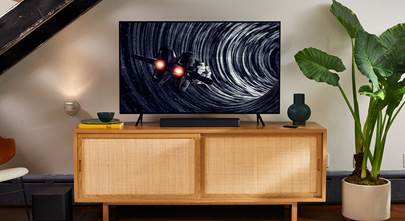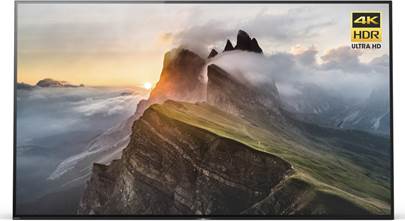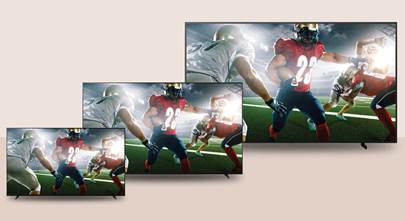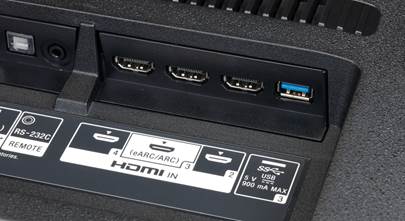What is chroma subsampling?
This widely used form of video compression affects the colour detail capability of TVs and video gear
Heads up!
Welcome to this article from the Crutchfield archives. Have fun reading it, but be aware that the information may be outdated and links may be broken.As the picture quality provided by the latest TVs and video sources continues to improve, gear manufacturers and content providers keep looking for ways to send and process video data more efficiently. It becomes especially important when trying to stream HD or Ultra HD video over the Internet or store it on a disc.
One of the most widely-used methods of reducing or compressing video data is through "chroma subsampling." This short article will explain how chroma subsampling works and why it might matter to you.
Our eyes are more sensitive to brightness than color
Images are made up of pixels, and each pixel contains two types of information: luminance or luma, which is brightness, and chrominance or chroma, which is color. Because our eyes are less sensitive to color detail than to brightness detail, chroma subsampling is used to reduce the amount of data in a video signal while having little or no visible impact on image quality.
Video created with chroma subsampling still includes brightness information for every single pixel, but not color information. Color information is shared among adjacent pixels. The number of pixels that share the same color information is determined by the type of chroma subsampling. To describe the extent of subsampling, video professionals use a numerical shorthand in the form of a ratio that references a block of 8 pixels, 4 across and 2 high.
This ratio has three numbers separated by colons. The first number indicates the number of pixels wide the sample is (usually 4). The second number tells you how many of the pixels in the top row will have color information, that is, chroma samples. And the third number tells you how many pixels in the bottom row will have chroma samples.
These are the most common examples you'll see mentioned when talking about TVs:

4:4:4 — in this case, every pixel gets a chroma sample so there is no subsampling happening. This is uncompressed color.

4:2:2 — here, every two pixels in the top row have to share a chroma sample, and every two pixels in the bottom row have to share a chroma sample, which means that 50% of the color information is being thrown out.

4:2:0 is more aggressive subsampling where again every two pixels in the top row share a chroma sample, but in this case, the bottom row has no color information of its own, and has to share the chroma samples of the top row. 75% of the original color information is discarded. That sounds like a lot, but 4:2:0 can still provide a great picture. It is part of the spec for both Blu-ray and the upcoming Ultra HD Blu-ray format.
How much should you care?
Of course, the easy assumption is that more color information is better, but 4:4:4 color is considered overkill for consumer video — it's considered high-end even for professional video. 4:2:2 color is also more commonly used by pros. Despite its significant color compression, 4:2:0 can still produce great image quality. It's the format used by Blu-ray. As a matter of fact, we've seen the specs for the upcoming Ultra HD Blu-ray format, which will launch in late 2015 or early 2016, and it will also rely on 4:2:0 chroma subsampling.
The people who should be paying the most attention to color subsampling right now are those who plan to connect a PC to their TVs for gaming, because some popular high-performance video cards do support 4:4:4 color. Most 4K Ultra HD TVs have at least one HDMI input that supports 4:4:4 color. And if you're connecting a home theater receiver between your video source and TV, we've found that nearly all receivers with HDCP 2.2 will allow 4:4:4 color signals to pass through unharmed. When you're shopping for TVs or receivers on our website, you'll find detailed information about color subsampling in our Product Research, which you'll find by clicking on the "Details" tab.














